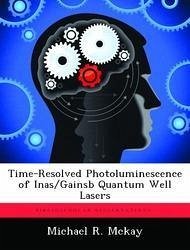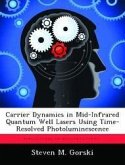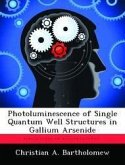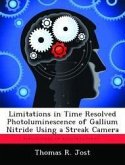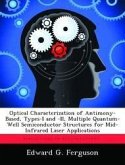In the world of semiconductor photonic device fabrication, one important objective may be to extract as much light as possible from the device. In these devices, photons are created when electrons recombine with holes by transitioning from a high- energy state to a lower one. Unfortunately, electron-hole recombination does not always result in the formation of a photon. There are three basic types of recombination: the first results in the formation of a photon and is called radiative recombination; and the second and third, known as Shockley-Read-Hall and Auger recombination, result in the heating of the device and do not produce photons and are therefore called non-radiative recombination. All three processes occur simultaneously in a device, and either a radiative or non-radiative recombination coefficient can be associated with the relative rate of each. The lifetime of an electron in a high-energy state is so small, on the order of nanoseconds, that there is no way to measure these coefficients directly. However, sum frequency generation is a technique to indirectly measure these coefficients by taking advantage of the speed of light to resolve these processes in time. From the resulting data, these recombination coefficients can be extracted.

